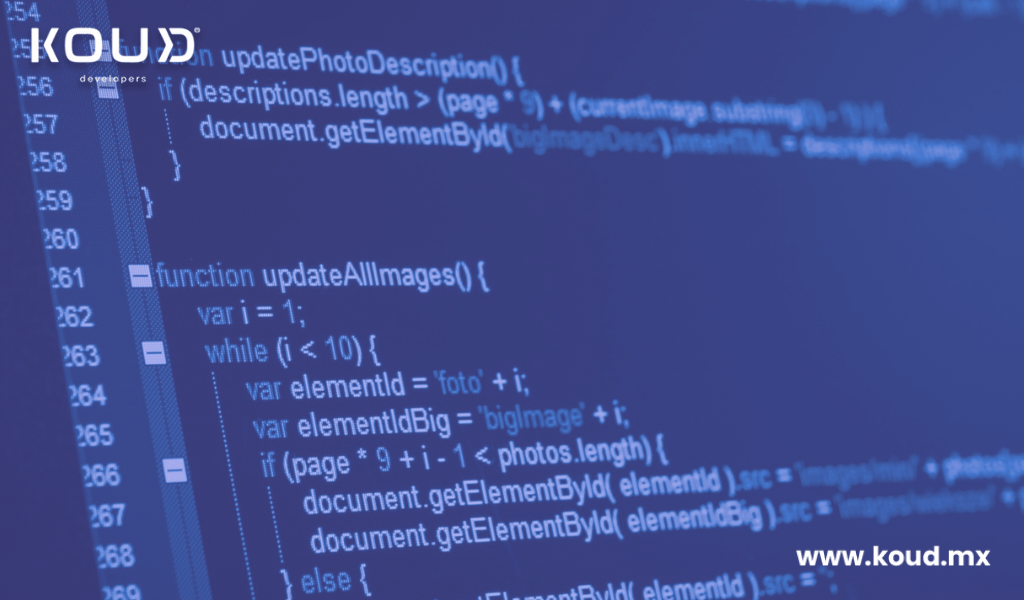How to Know if Your Provider Follows Good Coding Practices?
When an external company develops software for your business, it’s not enough for it to simply “work.” A system may fulfill the visible requirements but still be built on a weak foundation—hard to maintain, scale, or integrate later. This is one of the greatest risks of outsourcing: receiving a functional but fragile product.
In this technical blog, we’ll walk you through how to evaluate whether your software provider truly follows coding best practices—even if you’re not a developer yourself.
1. Do they provide clear documentation?
One of the first signs of a professional development team is proper documentation. If your provider fails to deliver at least a basic technical guide, it’s a red flag.
What to expect at a minimum:
A technical
READMEfile explaining technologies used, how to install, configure, and run the project.Documentation for API endpoints (using Swagger, Postman, or similar).
A summary of system modules/components and their structure.
An architecture diagram (for more complex systems) showing relationships between elements.
This documentation is not only helpful for your team—it’s essential if another provider ever needs to take over the project.
2. Is the code repository clean and organized?
Ask for access to the code repository (e.g., GitHub, GitLab, Bitbucket). Even if you don’t read code, there are clear signs of discipline and good practices:
Use of different branches for development, testing, and production.
Clear, meaningful commit messages.
Good commit examples:
- feat: add email validation to registration
- fix: resolve JSON format error in API response
Poor commit examples:
- final version
- quick fix
- misc changes
A messy or vague commit history can make future maintenance difficult and costly.
3. Do they implement automated tests?
Without automated testing, it’s impossible to confidently scale or modify software without risking bugs or failures.
Ask for:
Unit tests (to test individual functions/modules)
Integration tests (to test component interactions)
End-to-end (E2E) tests that simulate real user actions
Code coverage reports showing what percentage of the code is tested
Even without a technical background, you can ask to see test results from platforms like Jest, Mocha, Cypress, or PHPUnit.
4. Is the code maintainable and modular?
Clean, scalable code is structured with future growth in mind. Ask whether they’ve used:
Modular or layered architecture (e.g., MVC, DDD)
Design patterns to encourage reusability and consistency
Separation of concerns between logic, views, and data
If you’re unsure, consider hiring an external developer for a code audit or review. This is non-invasive and can save you from serious problems down the line.
5. Do they follow style guides and use linters?
Every programming language has community-defined best practices for formatting and style. A professional team will enforce these using linters and formatting tools.
Request:
Linter configuration files in the repository (e.g.,
.eslintrc,.pylintrc,.prettierrc)Examples of how they enforce style consistency
Logs or tools used (like ESLint, Prettier, Pylint, etc.)
Consistency in code style improves collaboration and reduces bugs over time.
6. Do they use version control and CI/CD pipelines?
Mature teams use Continuous Integration and Continuous Deployment (CI/CD) pipelines to automate testing and deployment, reducing human error.
Ask the following:
Do they use CI/CD tools like GitHub Actions, GitLab CI, Jenkins, or CircleCI?
Is there a staging environment for testing before pushing to production?
What quality checks are performed before each release?
Automation in this area signals serious professionalism and reduces risk.
7. Are they open to external audits or reviews?
Transparency is a final indicator of trustworthiness. A provider who stands by their work won’t object to sharing the codebase with your internal technical team or an external consultant.
If they delay, deflect, or refuse external review requests without clear reasons, there may be underlying issues they don’t want exposed.
Empresa
- Nosotros somos
Somos una empresa mexicana con más de 12 años de trayectoria en la industria
Servicios
- Desarrollo de Software a la medida
- Staffing TI
- Headhunting TI
Contacto
- +52 1 33 2342 9770
- letskoud@qa.koud.mx
- Av. Patria 2085 int. 175 piso 1 puerta de hierro Zapopan Ja. 45116

